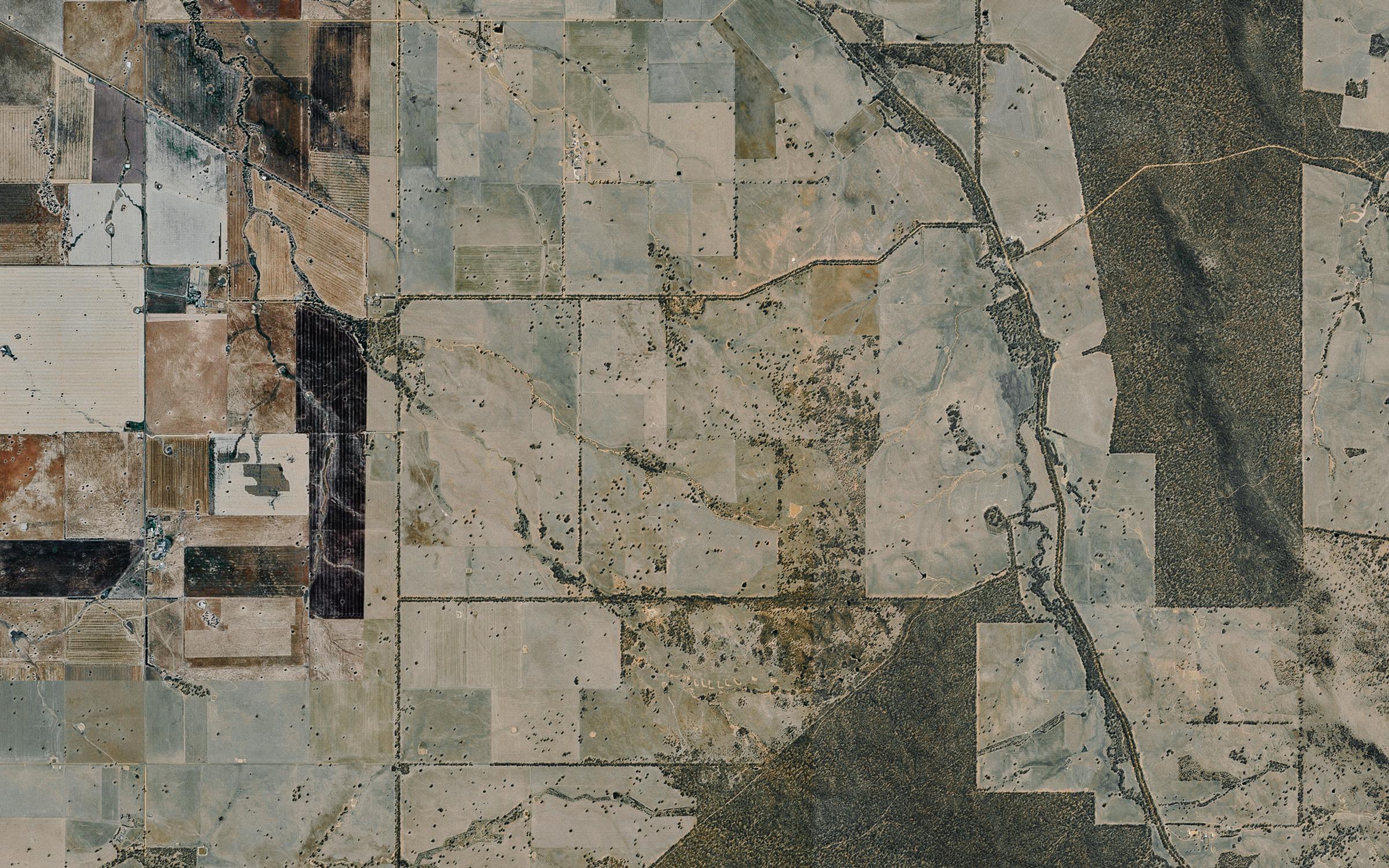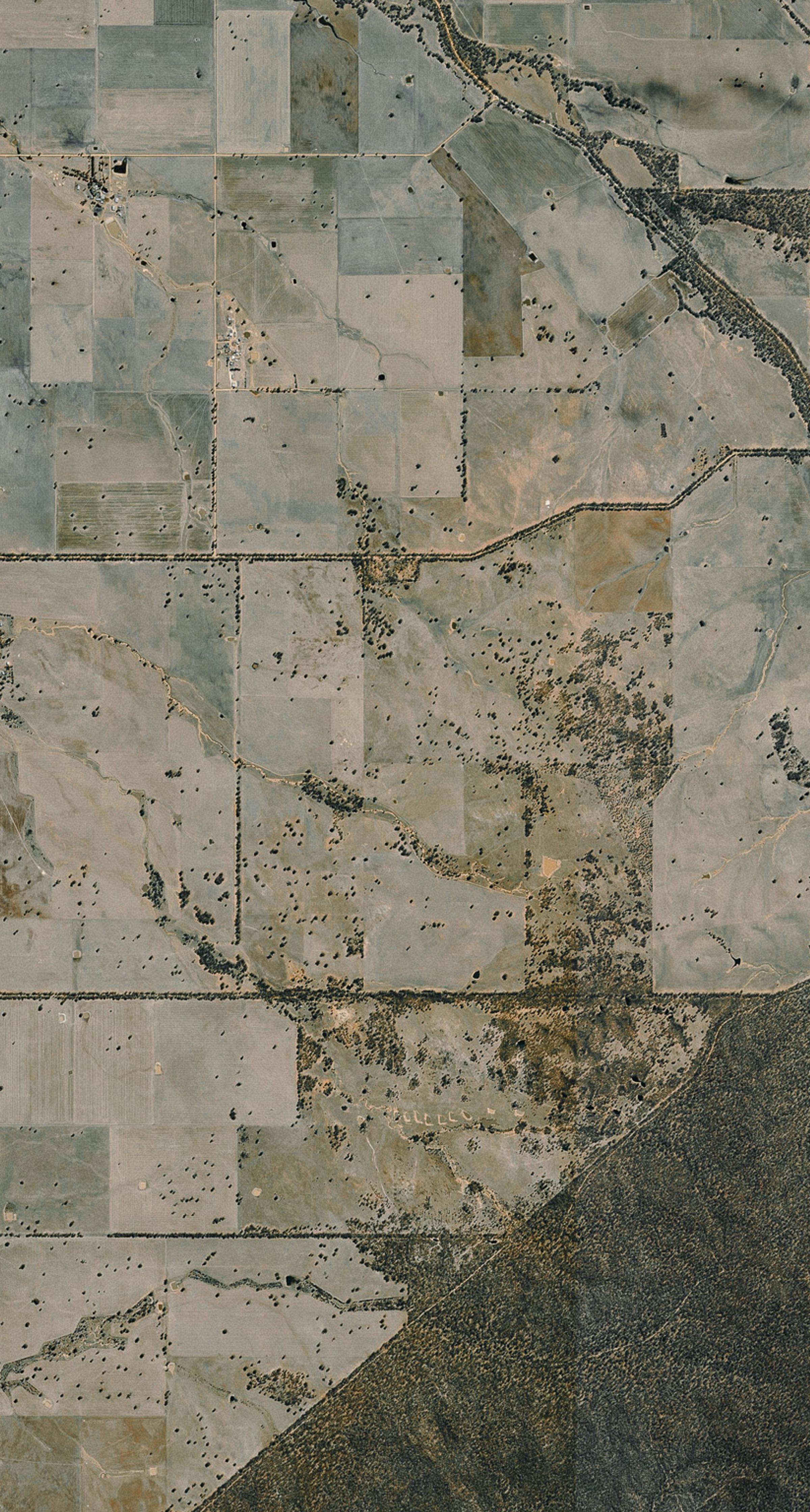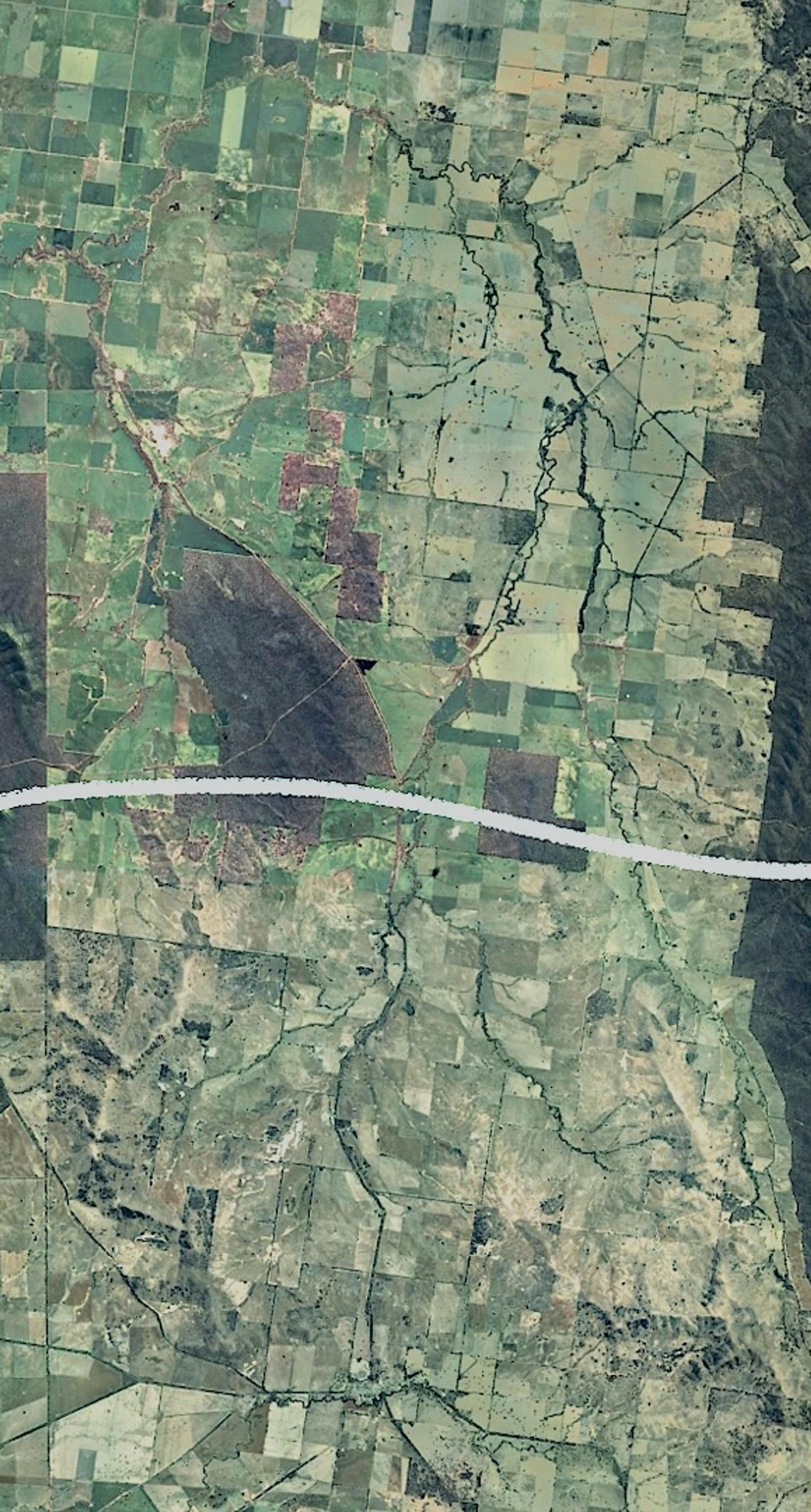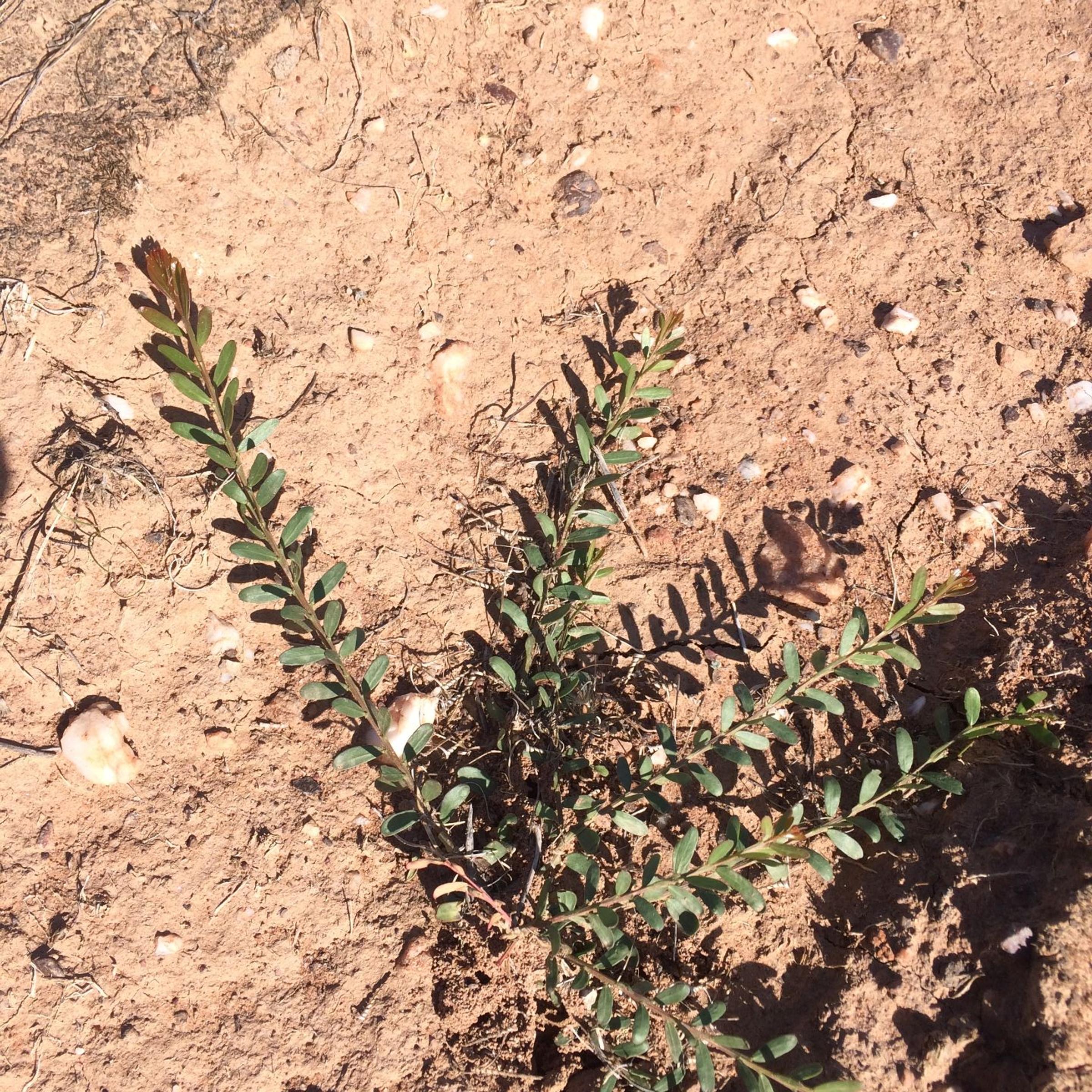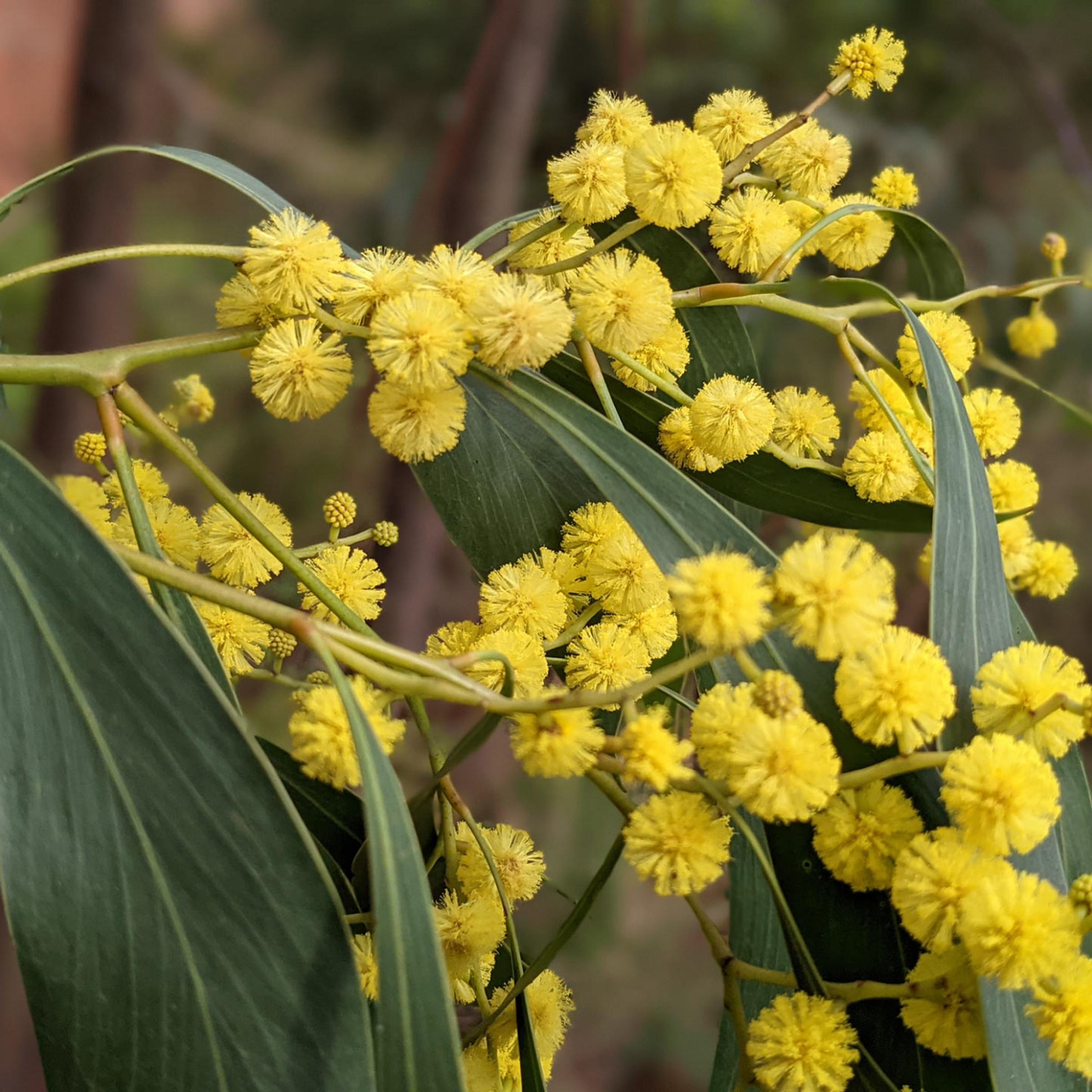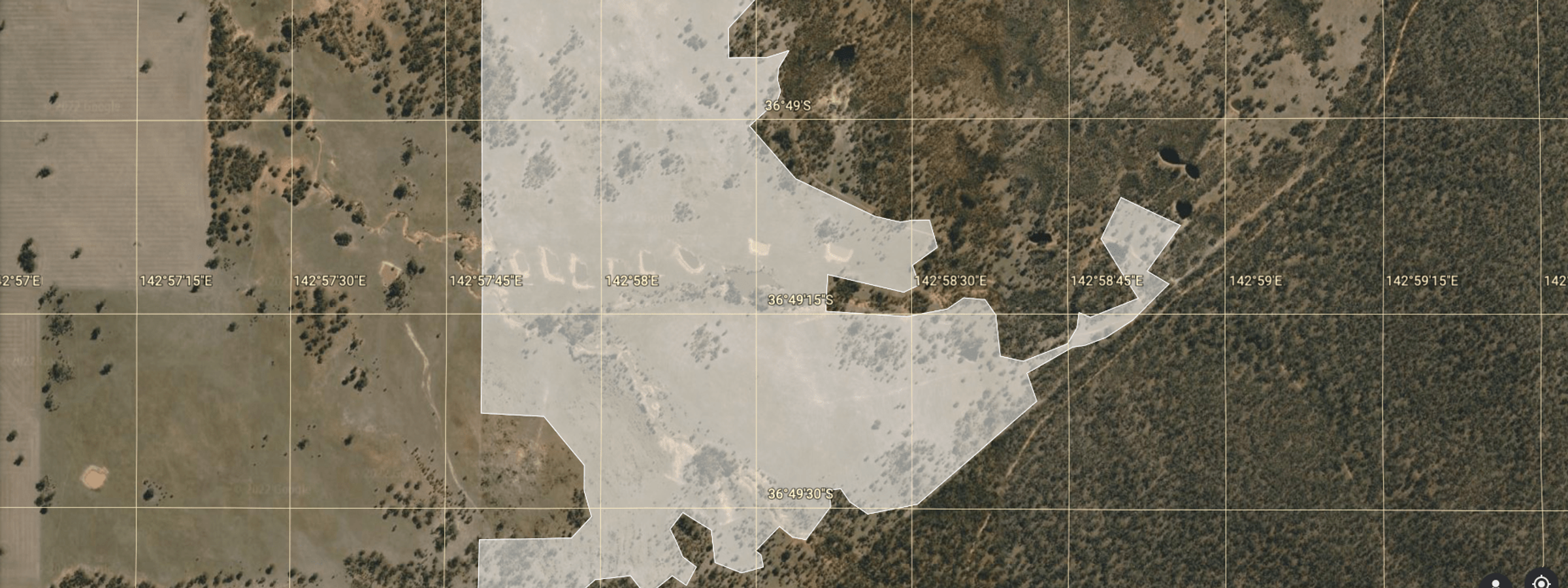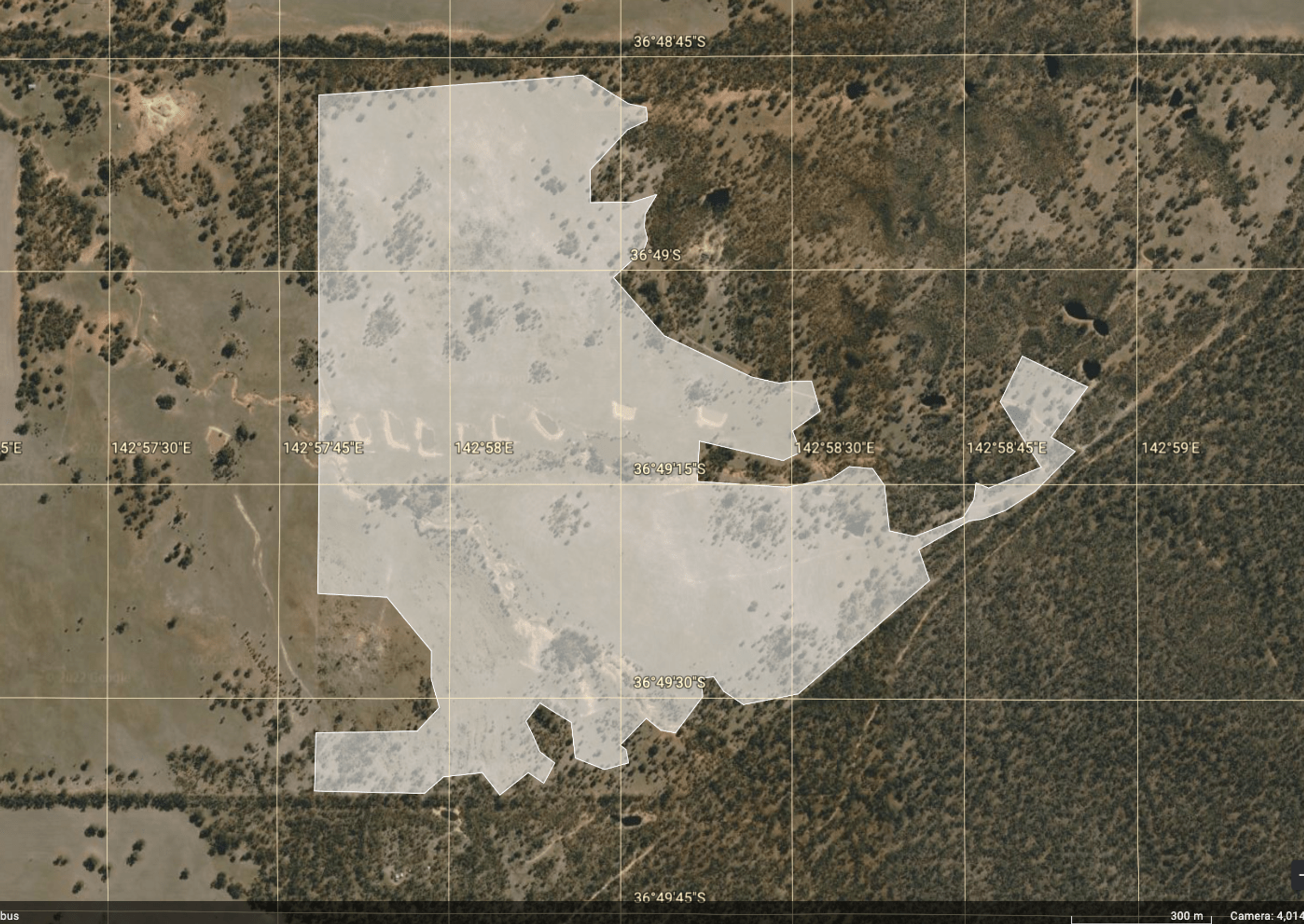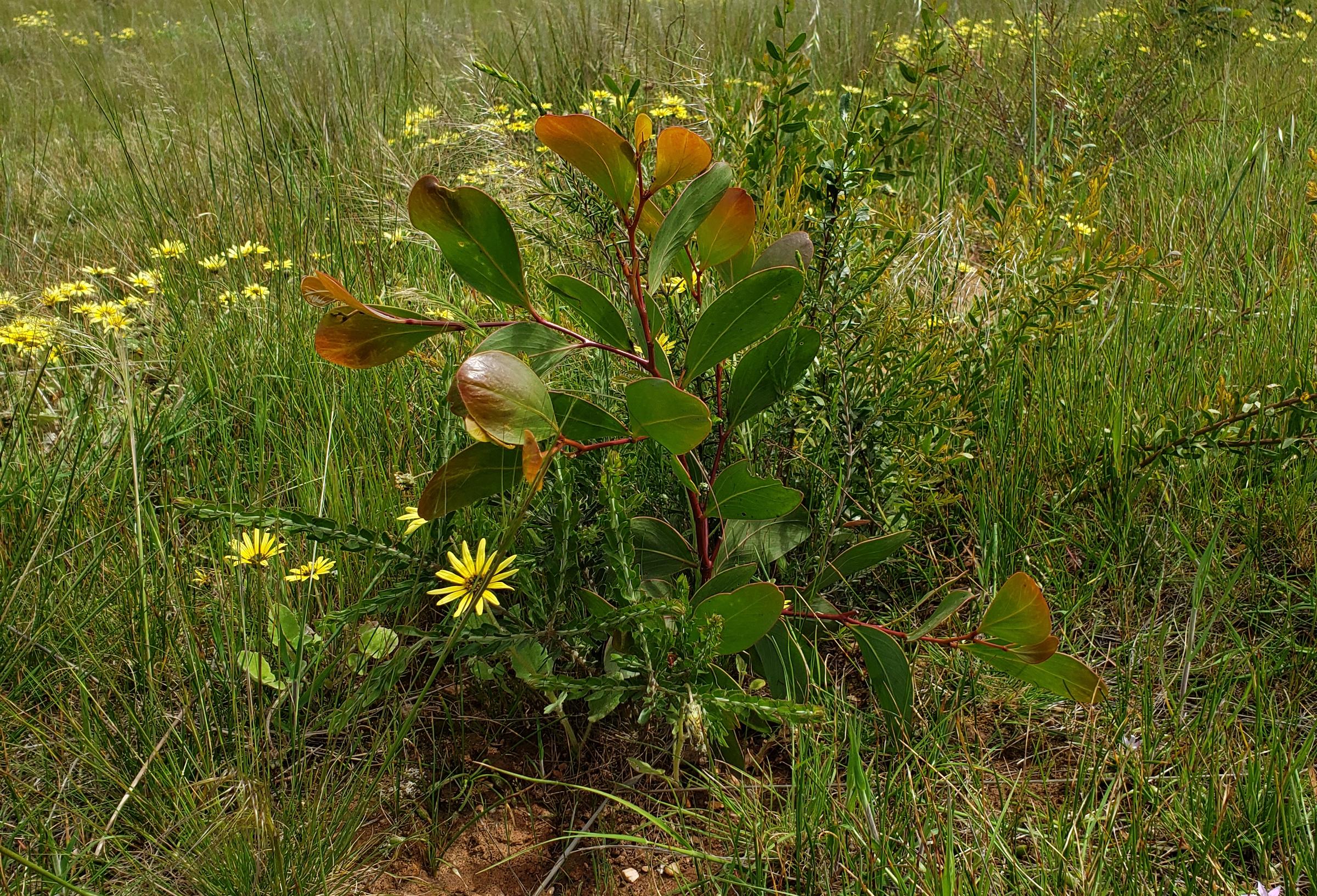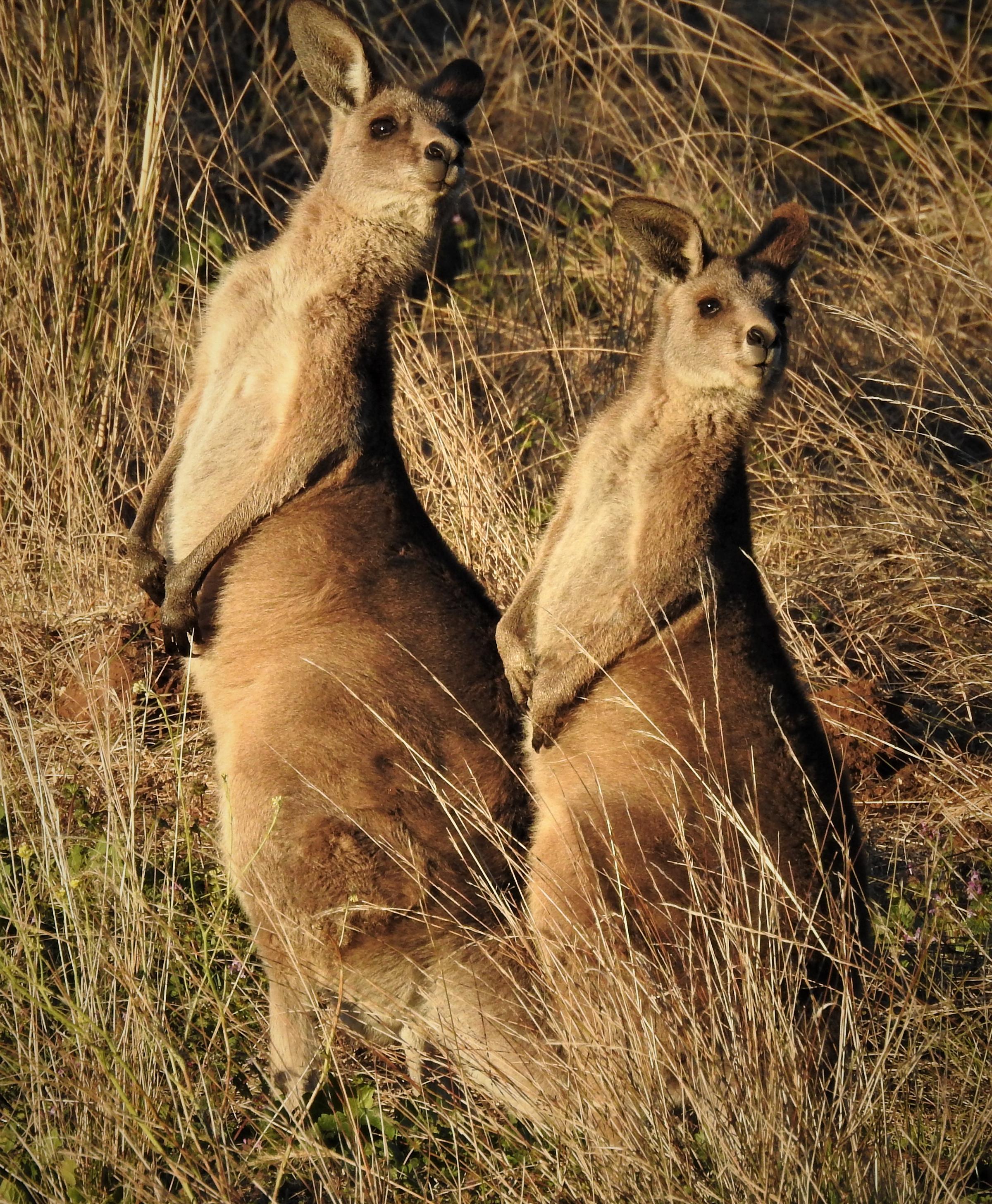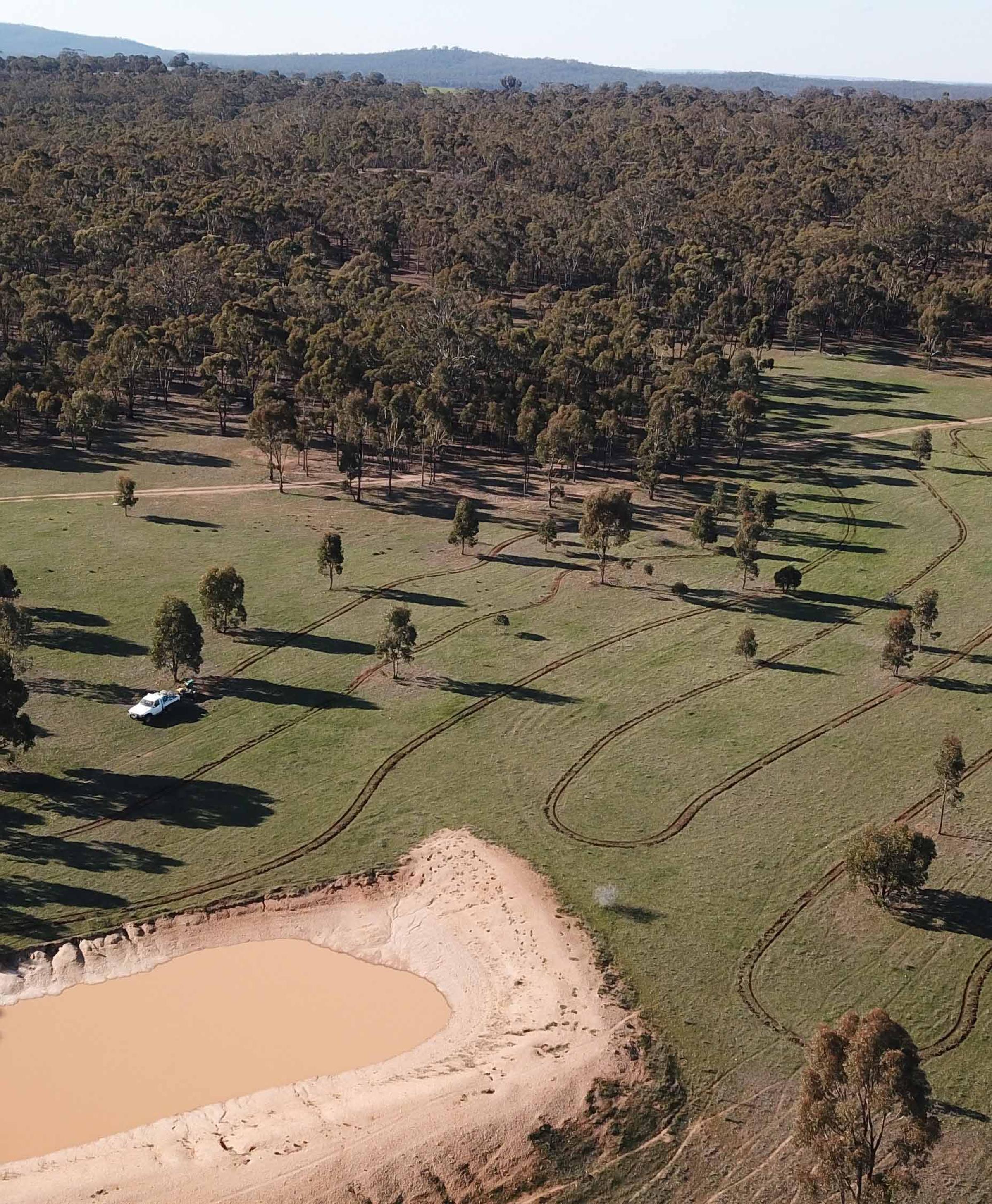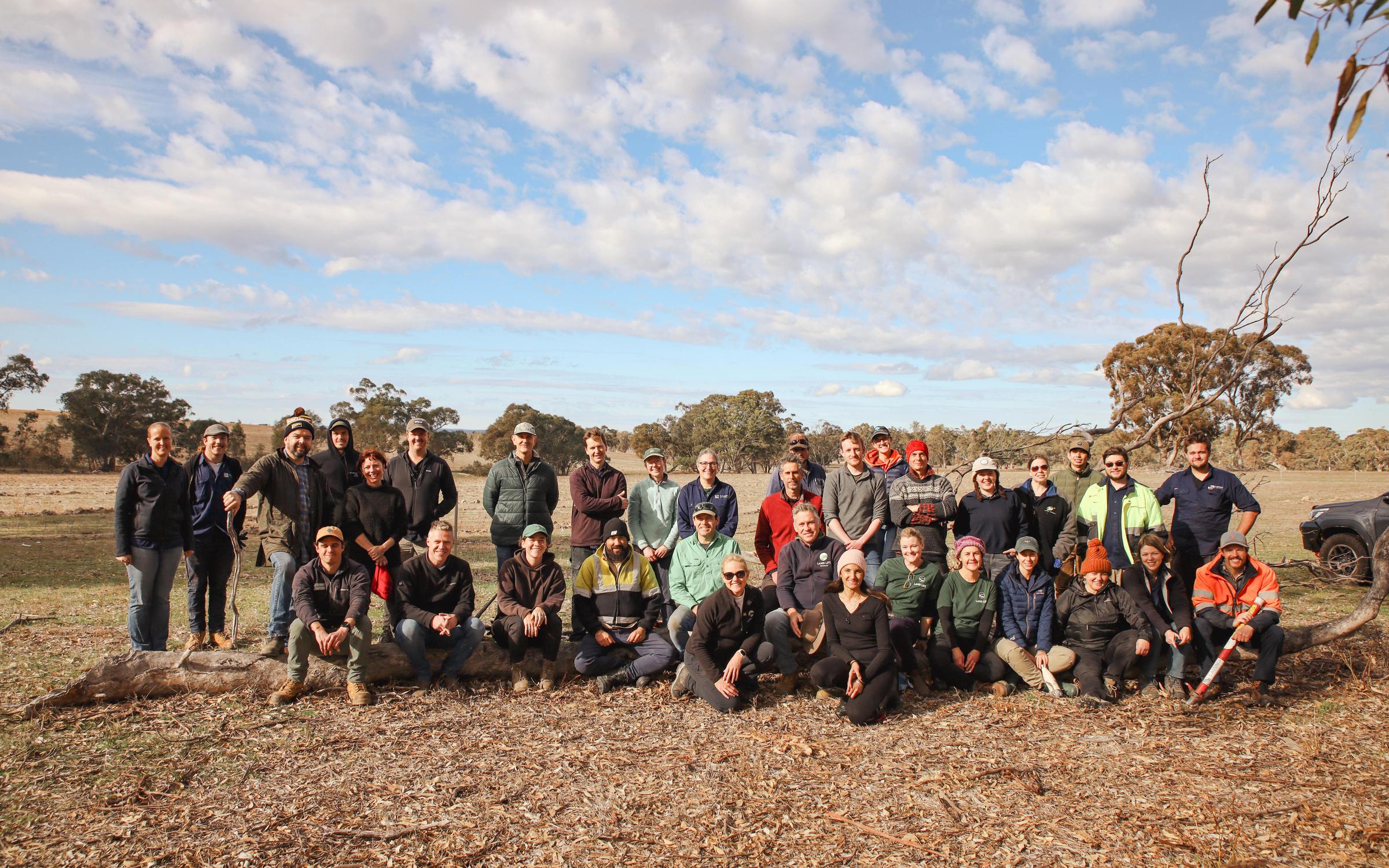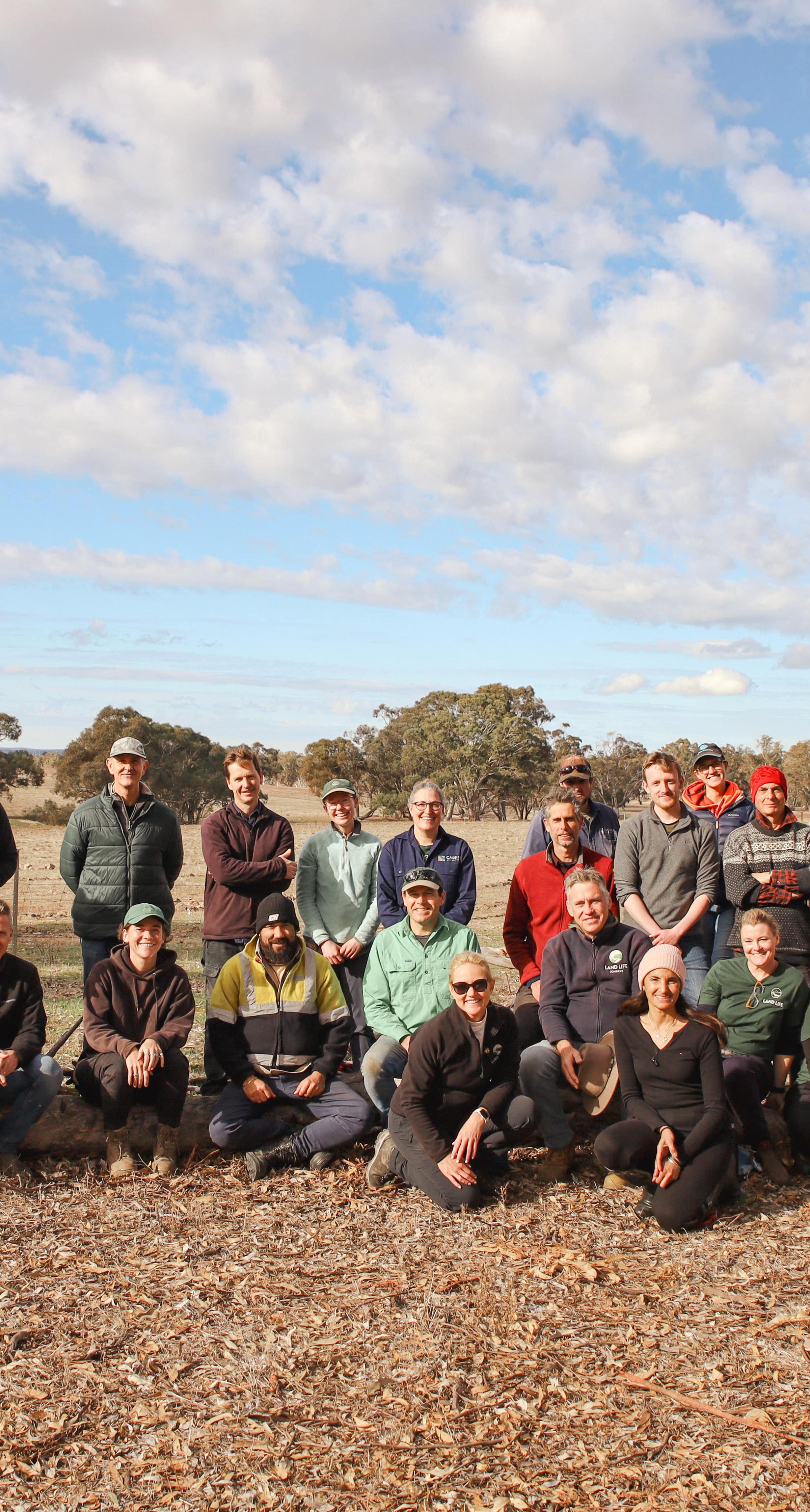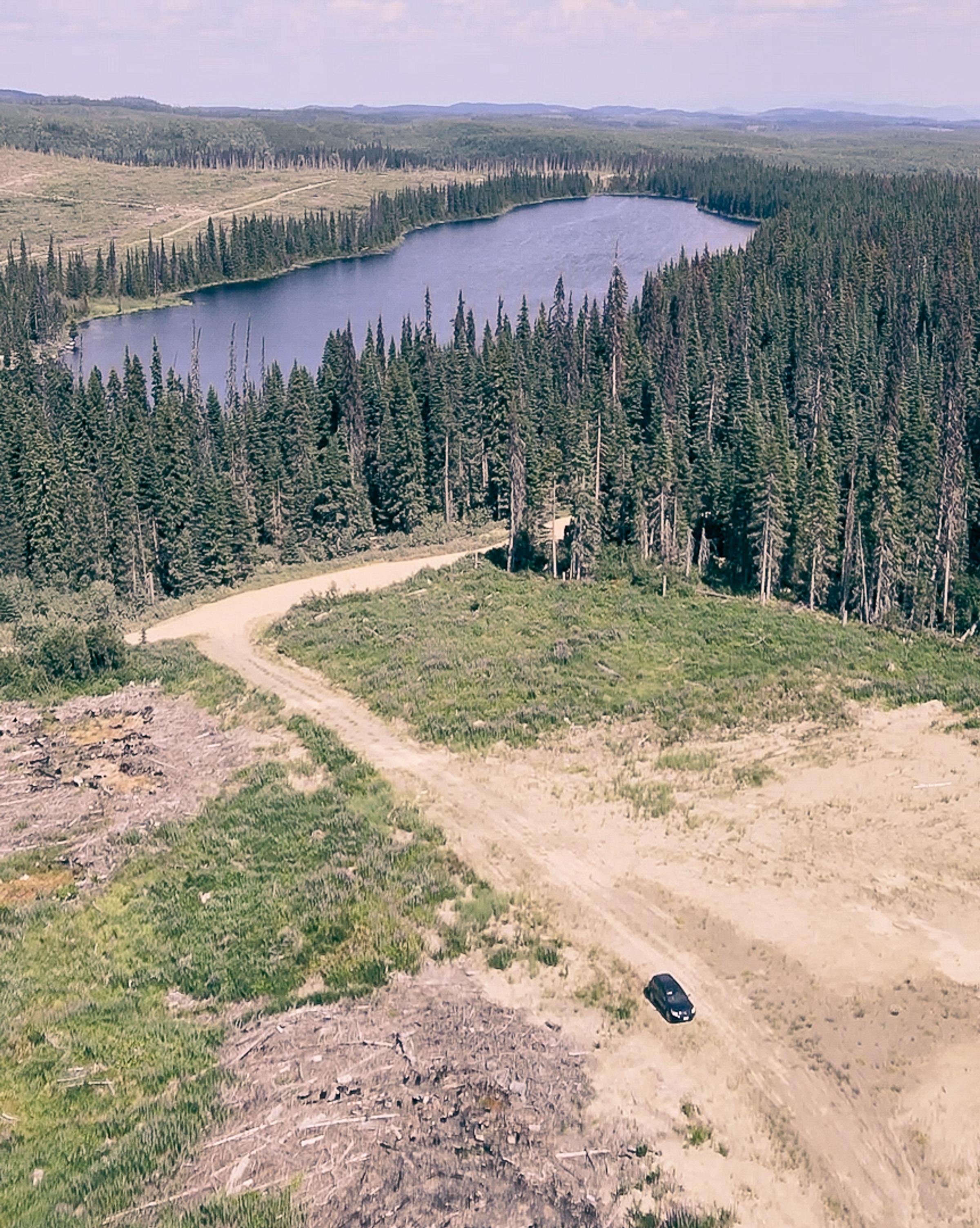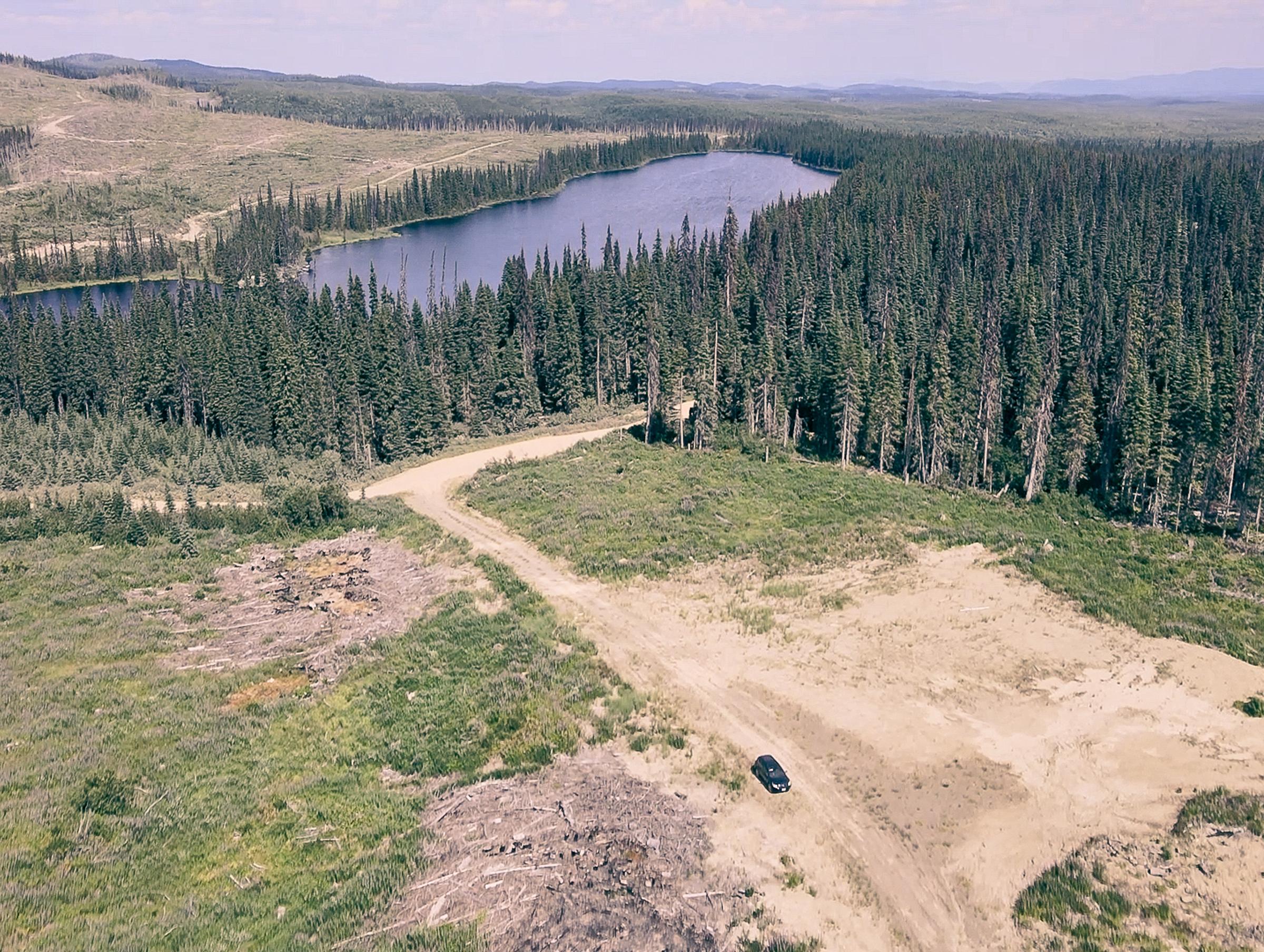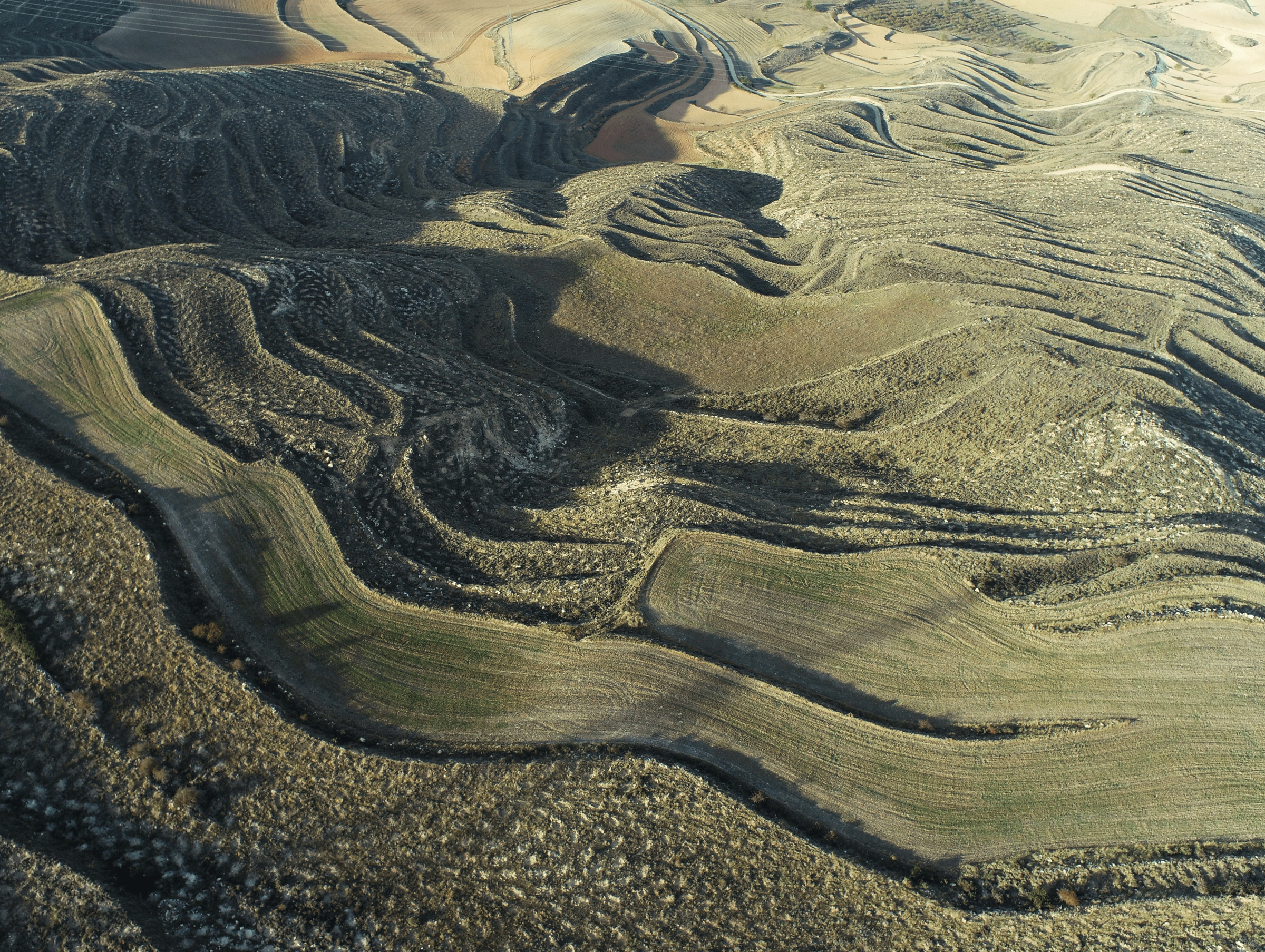Creating Wildlife Corridors in Victoria, Australia
- Morrl Morrl
- VICTORIA, AUSTRALIA
- 2020
Wildlife Corridors in Victoria: The Mission to Connect
It takes a tribe to realise big biolink goals in Central Victoria, Australia
An increasing number of Land Life's reforestation projects focus on creating wildlife corridors in Victoria to restore habitats critical for the survival of many species. Without them, species that depend on these corridors cannot move freely and are forced to encounter degraded lands, hindering their survival and ecological balance.
Strategic marginal land sites part of the big picture
In Central Victoria, Land Life has strategically acquired five degraded land sites adjacent to or very close to private patches of bush, along with pieces of public land that all contribute to wildlife corridors.
These marginal land sites - Moorl Moorl, Lawan, Ampitheatre, Stuart Mill and Wychitella - span over 480 hectares. Land Life, in partnership with Cassinia EnvironmentalOpens in a new tab., has planted around 308 thousand native trees and shrubs on these sites, including up to 24 species guided by Victoria's bioregion Ecological Vegetation Classes (EVC).
A joint vision
These five sites alone are just one piece of the landscape puzzle. Connecting wildlife corridors in Central Victoria is a joint vision of many organisations that Land Life partners with, including Bush Heritage AustraliaOpens in a new tab., Trust for NatureOpens in a new tab. and local community environmental groups.
Land Life Biolink Project
Land Life's first Australian project in 2019, Lawan, was the beginning of a series of strategic marginal land acquisitions in Victoria to restore fragmented ecosystems and lost biodiversity caused by long histories of settlement, agriculture, and mining in the region. By expanding and reconnecting forests through reforestation, we recreate migration corridors essential for local wildlife.
Drawing lines in the landscape
Creating climate-resilient biolinks
When habitats are split into smaller patches, they can be isolated from each other, causing habitat fragmentation. Species need these corridors for several reasons:
Land Life Operation Manager Jeroen van Veen describes the ultimate goal of the Central Victoria biolink is to ‘draw lines’ in the landscape to enable species to respond to climate change-induced disasters.
“The expected increased frequency and intensity of climate-related events will lead to more local extinctions if the landscape remains fragmented,” shares Jeroen.
“By reconnecting everything, we’re building safeguards into the landscape so species can respond and avoid extinction.”
Project Highlights Across All Five Sites
What is a wildlife corridor?
Wildlife corridors are areas of habitat that connect to provide pathways for wildlife populations. These corridors are of the utmost importance for the survival of many species as they allow them to move freely from one area of habitat to the next without coming into contact with human-built infrastructure or patches of degraded land that cannot support them.
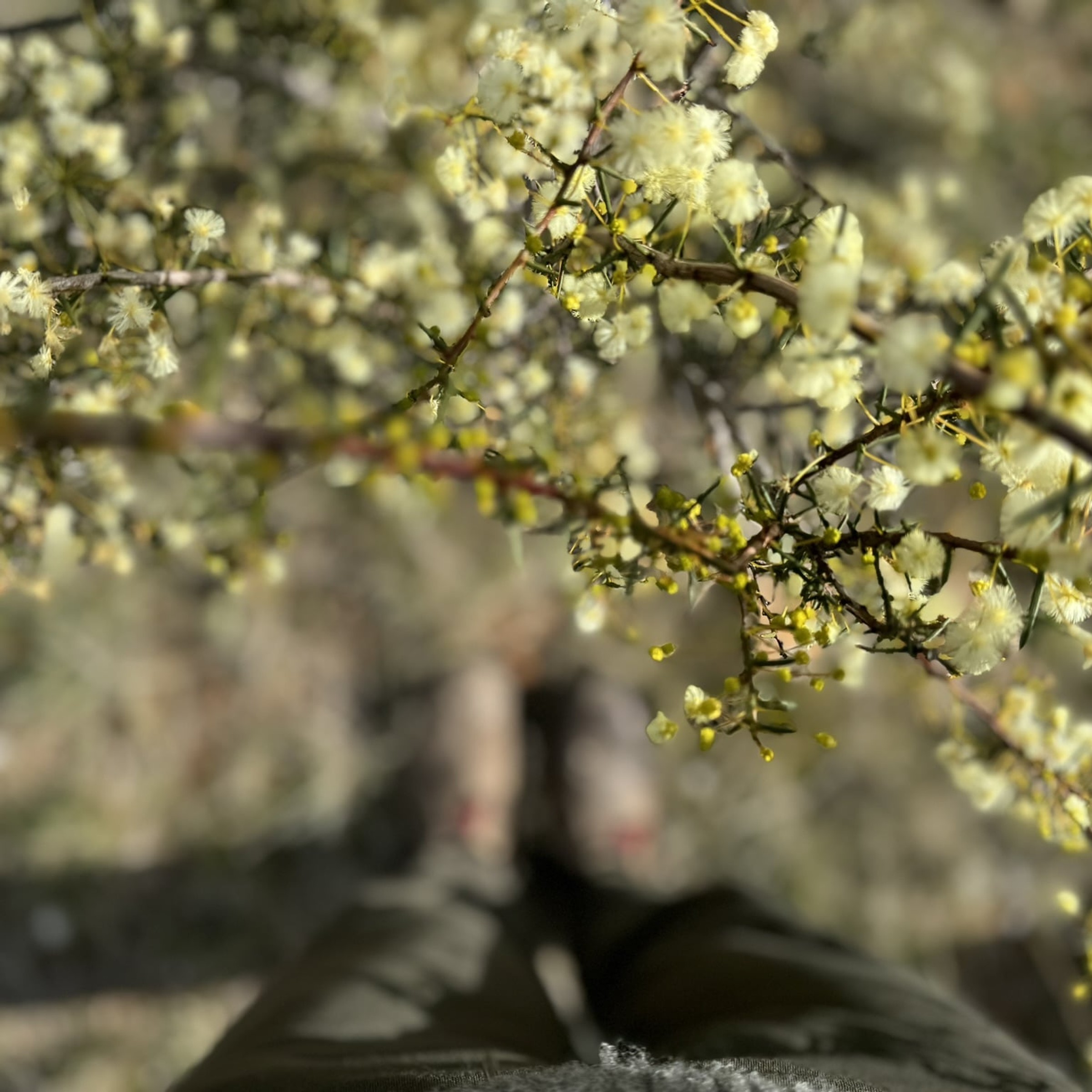
Two of the best examples of Land Life’s wildlife corridors in Victoria are the Moorl Moorl and Lawan reforestation sites
Land Life started working on Morrl Morrl in 2020. The primary aim was to restore fragmented ecosystems and lost biodiversity caused by long histories of settlement, agriculture, and impacts from the Victorian Gold Rush. However, Moorl Moorl became so much more than a reforestation project of degraded agricultural land. Restoring the Moorl Moorl site formed a critical step in reconnecting three of Victoria’s nature conservation reserves.
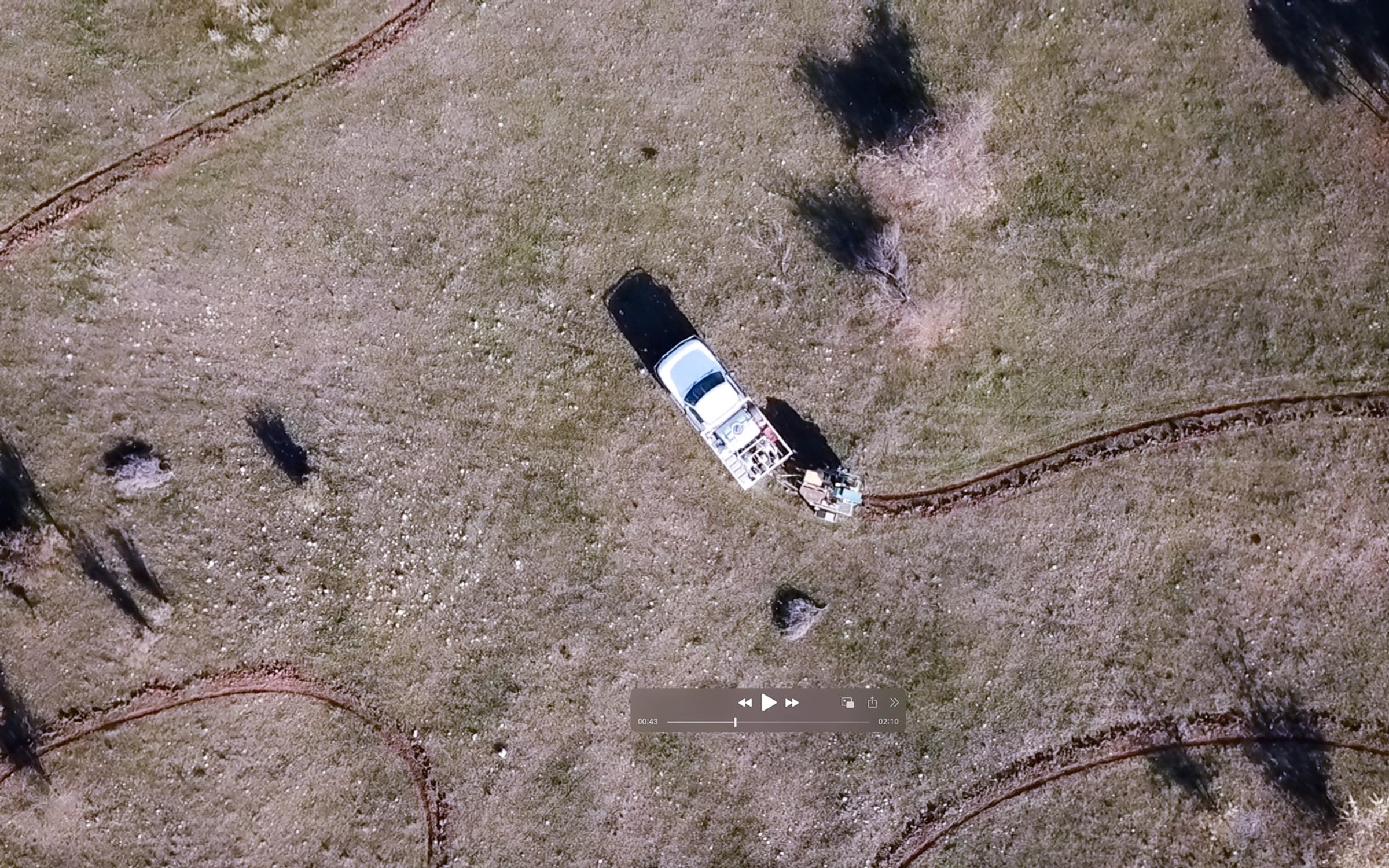

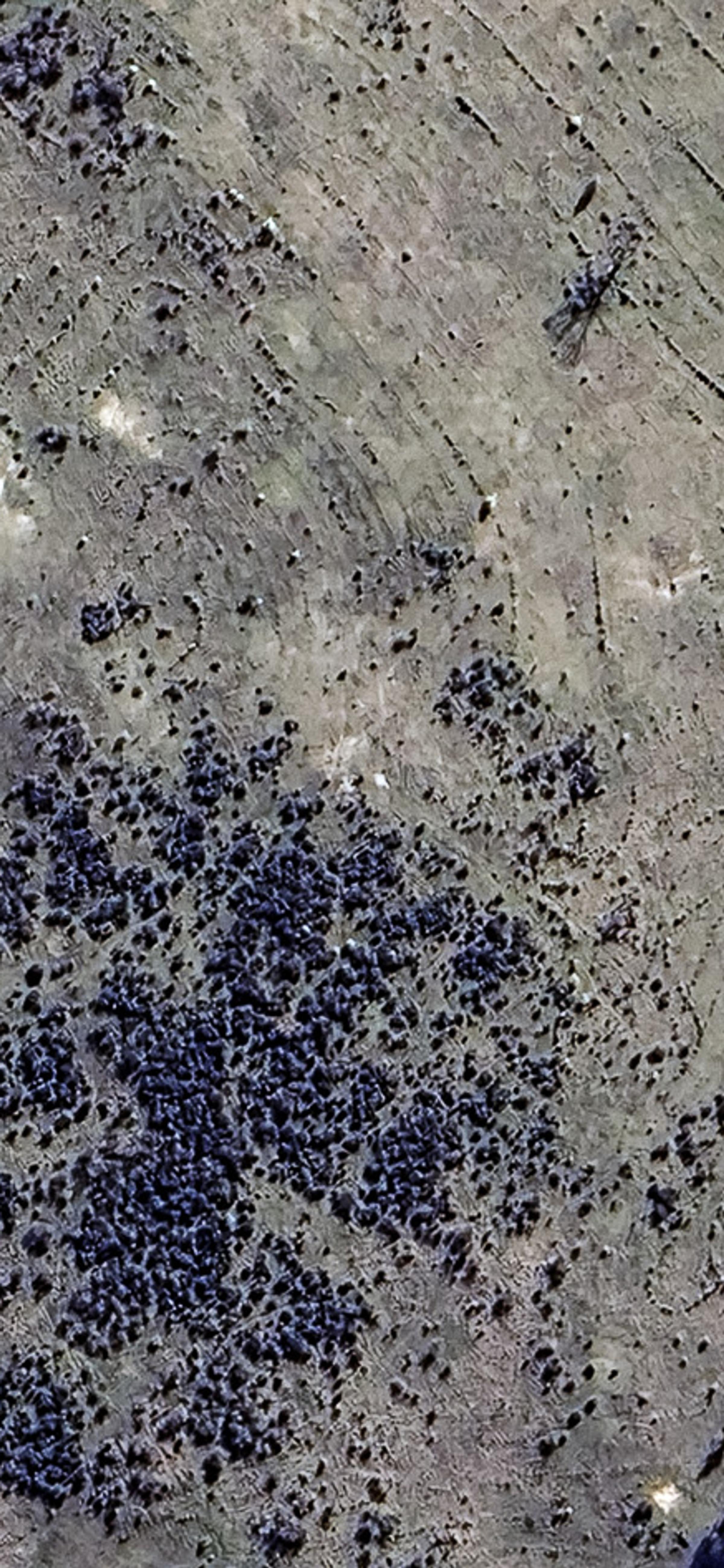
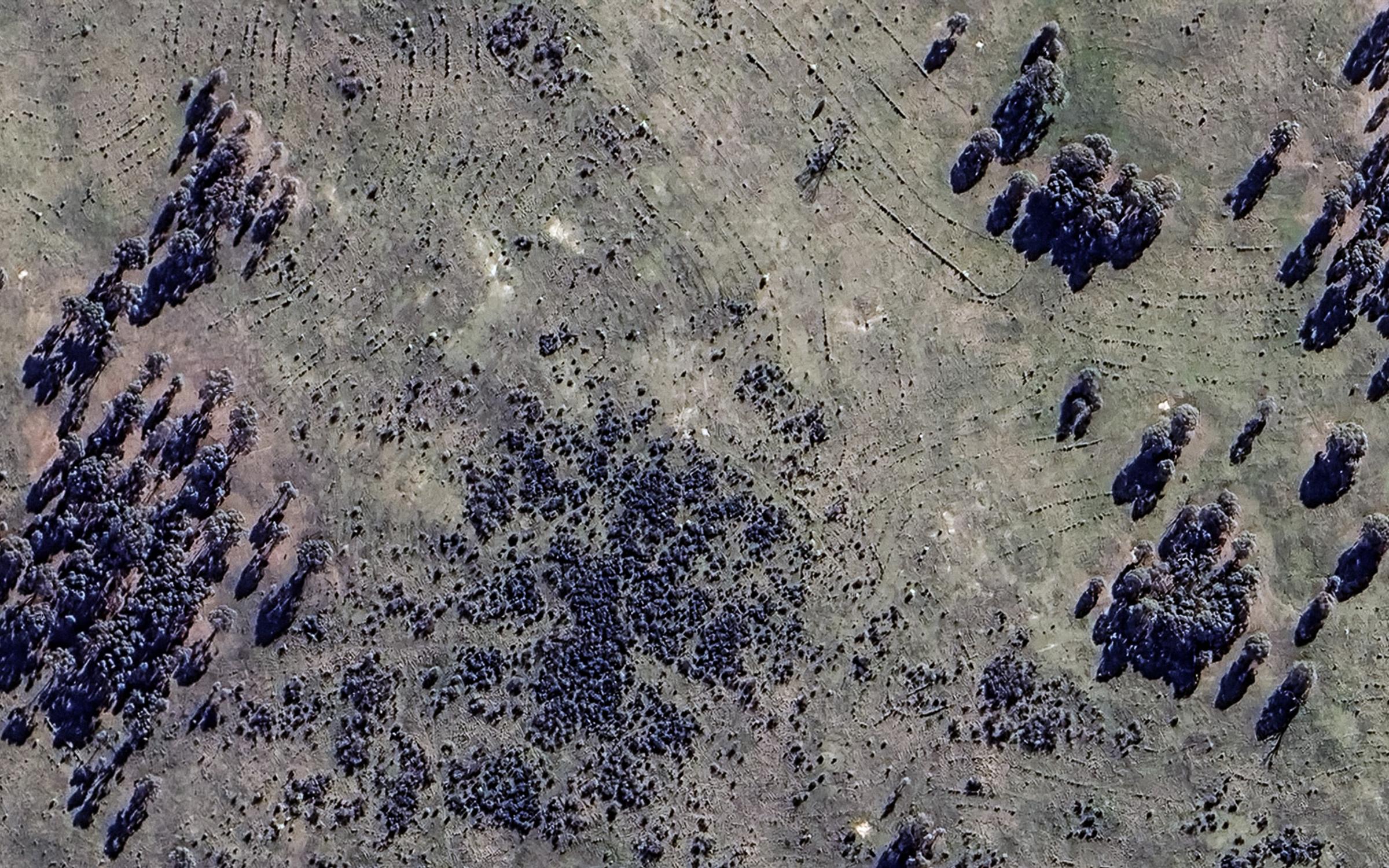
Moorl Moorl, Victoria
Reconnecting the Grampians to Gunbower Biolink
Land Life’s 135-hectare Moorl Moorl site is adjacent to the Morrl Morrl Nature Conservation Reserve, one of the significant sites that form the foundations of the Grampians to Gunbower Biolink.
By expanding and reconnecting native forests (primarily using a diverse group of Eucalyptus and Acacia species), Land Life paved the way for essential migration corridors between this biolink. This restored link has enabled wildlife to travel between the nearby nature conservation reserves.
Through Land Life’s ongoing monitoring, the site has tracked a number of bird species using the revegetated areas and the plantings are already producing nectar - the first signs of a functioning ecosystem.

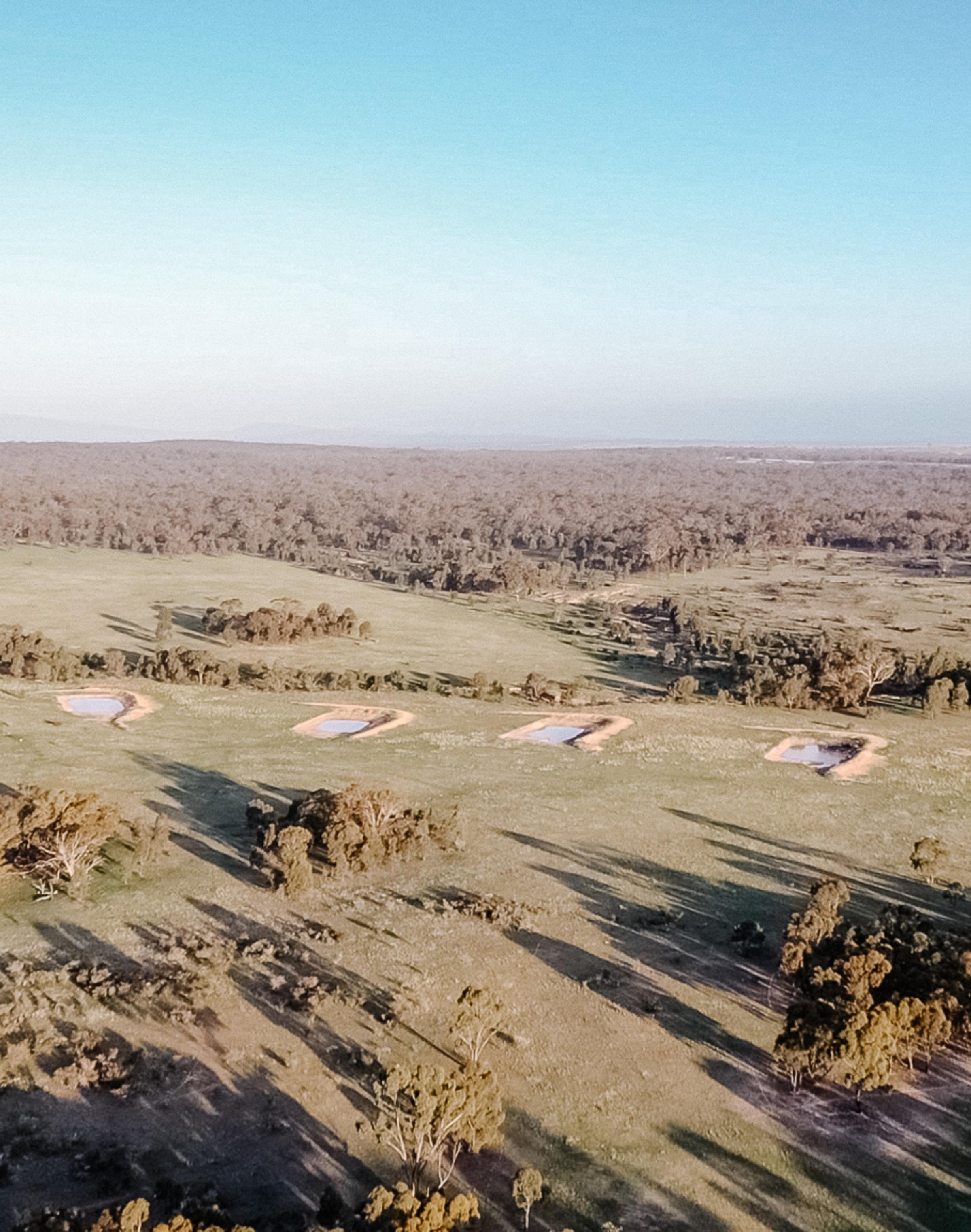
Learn more about our Moorl Moorl site
Video
Lawan, Victoria
Providing a wildlife corridor for the nationally threatened Mallee Fowl
The 50-hectare Lawan reforestation site in Central Victoria sits between two remnants of high-quality land spared of clearing during the Gold Rush and Eucalyptus oil distillery period.
These tracts of quality land contain rare plants and animals, including an isolated population of the nationally threatened Mallee Fowl (Leipoa ocellata).
To avoid predators, the Mallee Fowl refuse to travel through open country, instead opting to take flight under the cover of shrubs and trees.
Reforested in 2019 with around 16 species of plants and shrubs, the now thriving Lawan site has built a wildlife corridor from one area to the other, an essential requirement for the fowl to travel safely between the two remaining quality remnants.
It can take around 10 years for Mallee Fowl to start using revegetated land. Eventually, the fowl will travel through this wildlife corridor to reach new habitats in areas they used to occupy.
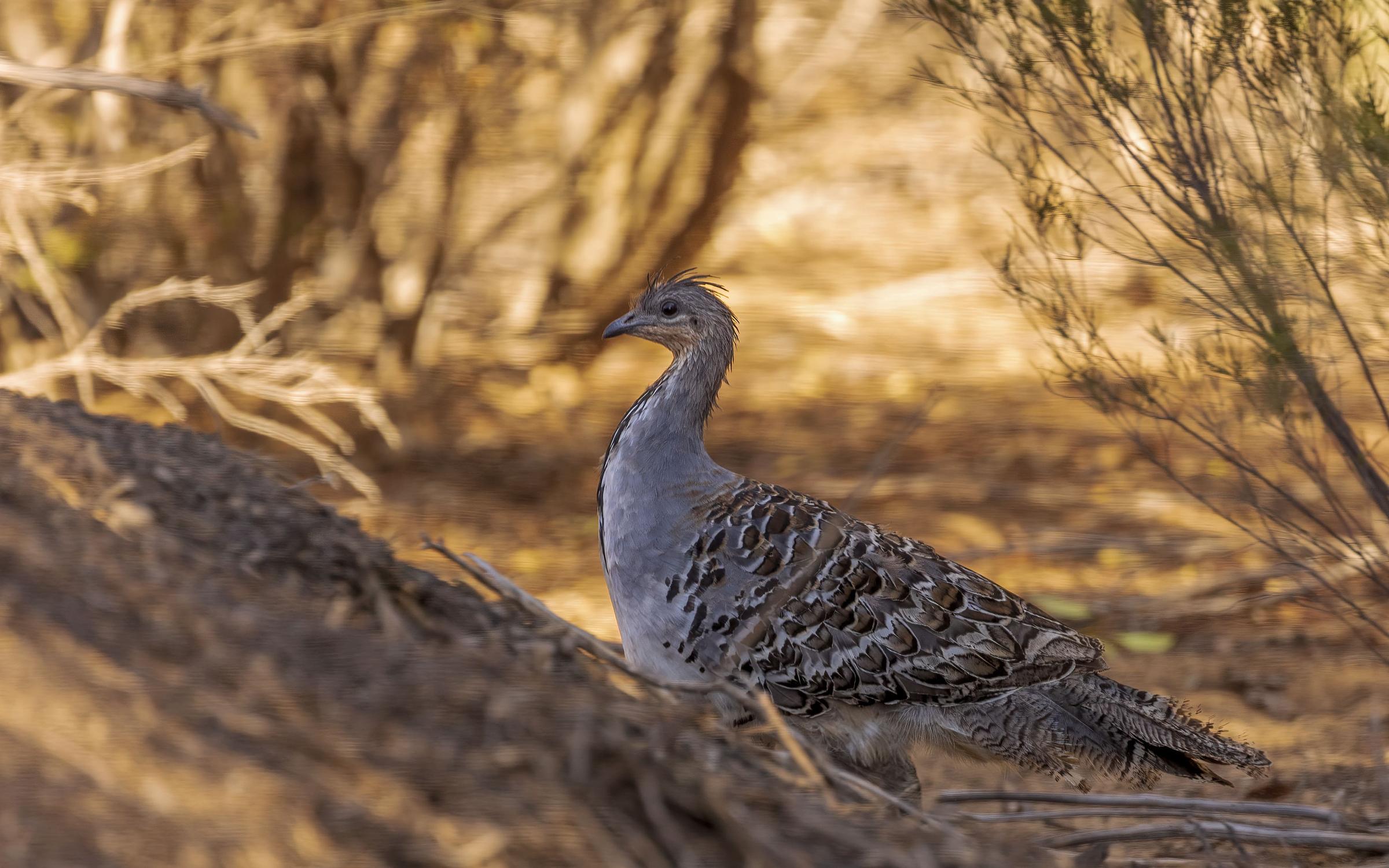
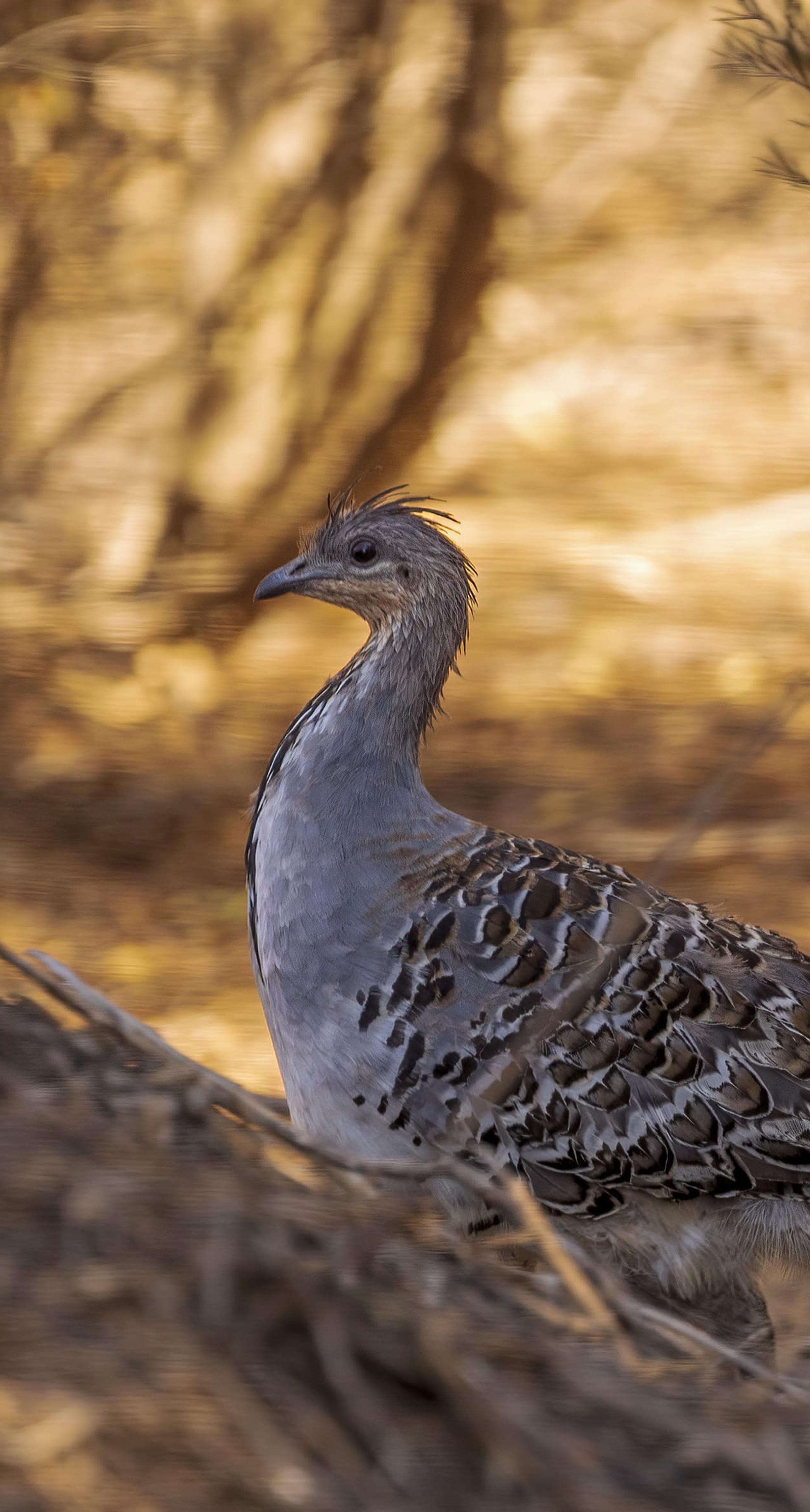
Building safeguards into the landscape
Creating wildlife corridors at our Lawan site supports the nationally threatened species, Mallee Fowl (Leipoa ocellata). The Lawan site reforestation began in 2019 and it can take around 10 years for Mallee Fowl to start using revegetated land. Eventually, the fowl will travel through this wildlife corridor to reach new habitats in areas they used to occupy.
Project Benefits Beyond Carbon
Support our biolink vision via the BushBank program
How private landowners in Central Victoria can get involved
The Victorian Government's $77 million BushBank program is addressing climate change and supporting wildlife as it restores more than 20,000 hectares of land across Victoria. Millions of native trees and shrubs are being planted to capture and create healthy habitat for native wildlife. The majority of work is taking place through partnerships with private landowners, providing an opportunity to participate in the most ambitious restoration program in Victoria's history.
Land Life's partner Cassinia Environmental is the Victorian Government's delivery partner for the private land stream of BushBank.
The BushBank program provides a unique opportunity for private landowners to play a meaningful role in addressing climate change and supporting wildlife, leaving a legacy for generations to come.
Find out more about the BushBank program and how to submit an expression of interest as a private landowner.Opens in a new tab.
It takes a tribe to realise big biolink goals.
Land Life and Cassinia Environmental working together to make a difference as part of a big biolink vision for Victoria.
Who are we working with on this biolink project?

Planting Crews — Land Life works with local planting crews, hired by our local partner, Cassinia Environmental.
Cassinia Envrionmental
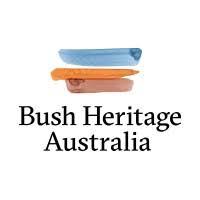
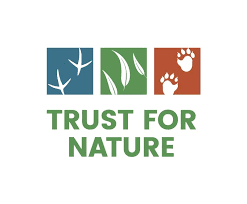
Other Land Types
Case studies according to different land types and degradation causes.
